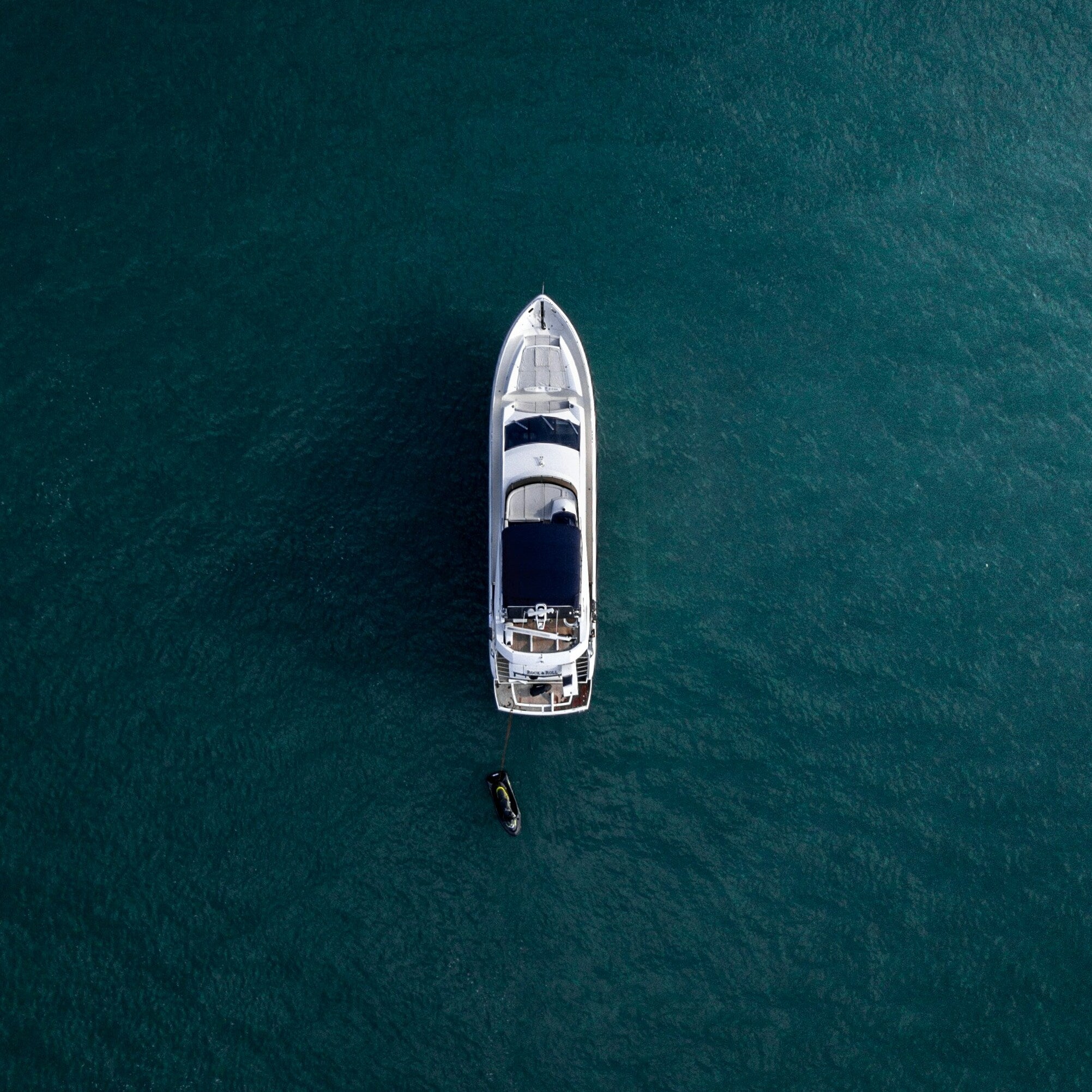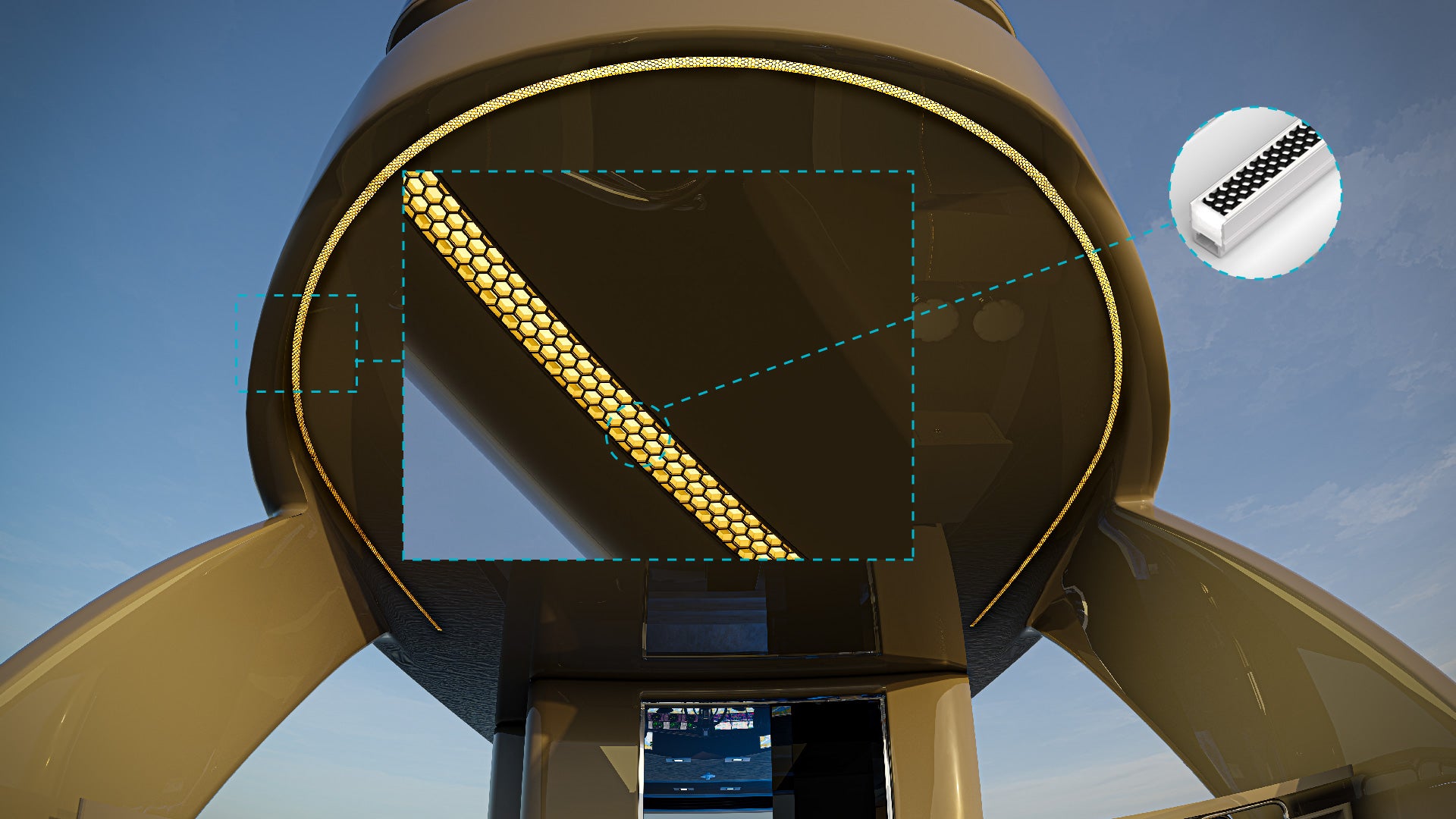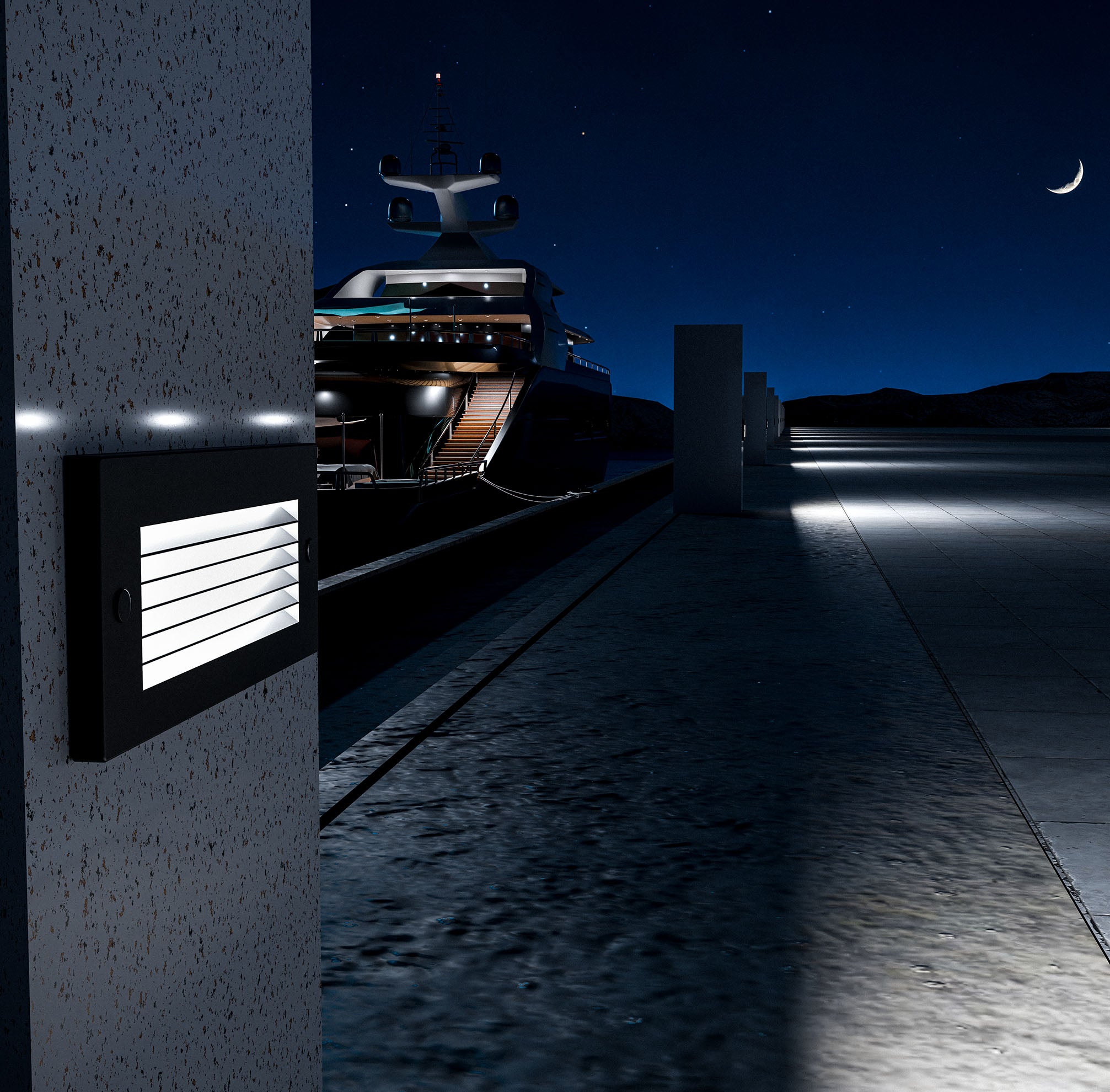What Are Courtesy Lights on a Boat?
Courtesy lights on a boat are small, low-profile lighting fixtures installed in key onboard locations to improve visibility and enhance the overall boating experience. Unlike navigation lights that are mandated for safe travel, courtesy lights are not required by law—but they are a smart and highly functional addition for any vessel.
At their core, courtesy lights illuminate walkways, steps, and functional spaces like the cockpit or companionway. They’re typically installed along gunnels, stairs, railings, or under seating to provide enough light for safe movement without creating glare or overpowering the night environment. Many courtesy lights now use LED technology, offering customizable colors, low energy draw, and superior durability for marine conditions.
Beyond functionality, courtesy lights play an important aesthetic role. Their soft, ambient glow elevates the onboard atmosphere—transforming nighttime fishing trips, cruises, or dockside evenings into safer, more enjoyable experiences. Whether you’re upgrading your lighting setup for safety or for style, courtesy lights are a small investment with a big impact.
Key Terms and Definitions
Courtesy Lights
Courtesy lights are low-intensity, directional lights placed around a boat to guide passengers along passageways and highlight key features. Typically mounted near steps, under gunnels, or along walkable surfaces, these lights help prevent slips and missteps in low light conditions. They're especially valuable during evening cruises, early morning fishing trips, or cloudy conditions where natural light is limited.
Many modern courtesy lights come in compact, surface-mount or recessed form factors and are designed to be waterproof, vibration-resistant, and long-lasting—making them a durable solution in the marine environment.
Gunwale Lighting
“Gunwale” (pronounced gunnel) refers to the upper edge of a boat's side, where the deck meets the hull. Under-gunwale lighting has become a popular courtesy lighting trend because it offers both function and form: LED strips installed under the gunwales cast indirect, ambient light across the deck, providing just enough brightness for safe movement without compromising night vision.
This lighting location is ideal for cockpit fishing setups, nighttime cruises, and general boat ambiance. Because the lights are tucked out of direct sight, they provide a clean look while delivering effective coverage.
LED Boat Lights
LED (Light Emitting Diode) lights have quickly become the gold standard for courtesy lighting on boats. Their benefits include:
Energy efficiency: Draw significantly less power than incandescent or halogen bulbs, preserving battery life.
Long lifespan: Most marine-grade LEDs last 50,000+ hours.
Low heat output: Safer and more efficient in enclosed spaces.
Marine durability: Built to resist saltwater corrosion, UV exposure, and vibrations.
Flexible mounting: Available in strips, pucks, pods, or flush-mount styles for various use cases.
LEDs offer precise light control and are available in a variety of colors, making them ideal for courtesy lighting applications where both function and ambiance matter.
RGB Lighting
RGB (Red, Green, Blue) lighting allows boat owners to customize the color output of their courtesy lights. With RGB systems, a single fixture can produce a full spectrum of colors, controlled via remote, smartphone app, or dash panel. RGB courtesy lights are popular for:
Creating mood lighting for evening cruises
Matching your boat’s aesthetic or interior/exterior theme
Increasing visibility and visual appeal at night
Many RGB light kits also include dimming and strobing functions, making them a favorite for boaters who want full control over onboard lighting ambiance.
Tunable White
Tunable white lighting refers to LEDs that allow you to adjust the color temperature of white light—from warm (around 2700K) to cool (up to 6500K). This is useful for:
Enhancing comfort depending on time of day or activity (e.g., a soft warm white for relaxing, a crisp cool white for prepping gear)
Reducing eye strain in low-light environments
Customizing the interior look and feel of a cabin or enclosed cockpit
Tunable white technology brings the flexibility of a professional lighting system to marine environments, making courtesy lights more versatile than ever.
Marine-Grade Wiring
To ensure reliability and safety in harsh marine environments, all courtesy light installations should use marine-grade wiring. This type of wiring is:
Water-resistant and corrosion-resistant: Often tinned copper with thick, UV-resistant insulation
Flexible and vibration-tolerant: Designed to endure constant movement without cracking or breaking
Compliant with marine safety standards: Such as ABYC (American Boat and Yacht Council) guidelines
Using anything less than marine-grade wiring can lead to system failures, shorts, or even safety hazards—especially in saltwater conditions.
Heat-Shrink Crimps
Heat-shrink crimps are waterproof connectors used to secure electrical wiring in marine environments. After crimping the connector around the wire, heat is applied to shrink a protective sleeve around the joint, creating a watertight seal. Benefits include:
Preventing corrosion at connection points
Providing strain relief
Ensuring long-term reliability of your lighting system
They're essential for courtesy light installations exposed to spray, rain, or full submersion under the gunwale.
Adhesive-Backed LED Strips
These flexible LED strips come pre-wired and feature peel-and-stick adhesive backing, making them one of the easiest ways to add courtesy lighting to a boat. Key features:
Quick installation under gunwales, hatches, or inside compartments
Customizable lengths to fit different areas of the boat
Low profile for discreet lighting that won’t interfere with foot traffic or storage
Many adhesive-backed strips are waterproof and compatible with RGB or tunable white systems, offering a great blend of form, function, and flexibility for boaters upgrading their lighting setup.
Common Use Cases and Benefits
Nighttime Safety Navigation
One of the most important reasons to install courtesy lights is to improve visibility for safe movement after dark. Whether you're returning to the dock after sunset or navigating your deck during an overnight anchor, strategically placed courtesy lights illuminate:
Walkways and steps to prevent tripping
Edges of the deck or swim platform to avoid missteps
Cabin entrances and exits for secure transitions
Unlike bright spotlights, courtesy lights offer a soft glow that maintains safety without impairing your night vision or overwhelming nearby boaters.
Fishing Support and Ambient Illumination
For anglers, courtesy lights are a game-changer. Mounted under the gunwales or along the cockpit, they provide low-glare, indirect light ideal for:
Rigging gear, tying lines, or checking tackle
Illuminating bait stations or cooler compartments
Attracting fish—particularly when using green LED lights, which are known to draw baitfish closer to the boat
Ambient lighting also makes post-sunset fishing trips feel more relaxed and enjoyable, improving overall visibility without disturbing the water or spooking fish.
Docking Assistance
Approaching a dock or slip in low-light conditions can be tricky. Courtesy lights help by:
Highlighting your deck edges, steps, and handholds
Providing visual cues to crew or passengers disembarking
Offering just enough light to judge spacing while tying up lines or navigating fenders
This subtle illumination enhances safety and reduces the chance of slips or bumps when docking after dark.
Aesthetic Enhancement
Beyond practicality, courtesy lights are an easy way to enhance the look and feel of your boat. Whether you're cruising at twilight or entertaining friends on the water, they:
Add ambiance and color using RGB lighting options
Highlight key features like seating, railings, and speakers
Elevate your vessel’s visual appeal with minimal cost and effort
Many boaters opt for customizable lighting that matches their upholstery, canvas, or underwater lights—adding both function and flair.
Courtesy Light Installation Glossary
Piggy-Back Spade Connector
A piggy-back spade connector allows you to add a new wire to an existing switch circuit—without having to remove or alter the original connection. This is ideal when adding LED courtesy lights to a pre-existing power switch panel. It simplifies the installation process while maintaining your boat's current wiring layout.
Fish Tape
Fish tape is a thin, flexible tool used to pull electrical wiring through tight or concealed spaces—like under decks, behind panels, or along gunwales. It’s especially useful for routing wires from the helm to the cockpit or underfloor areas without having to remove large portions of the boat’s structure.
Marine-Grade Adhesive Clips
These adhesive-backed clips are designed to secure and support wiring in marine environments. They help route cables neatly and discreetly, keeping them out of sight and protected from foot traffic or water exposure. Adhesive clips are made with water-resistant materials and strong backing to ensure long-term adhesion.
Power Switch Panel
Located at the helm or control station, the power switch panel is where boaters manage their electrical systems—including courtesy lights, navigation lights, pumps, and more. When installing new lights, you can wire them into an existing courtesy light switch or install a dedicated toggle for greater control.
Maintenance Terms
Waterproof Seals / Gaskets
Seals and gaskets are critical components of marine lighting fixtures. They prevent water intrusion into the housing, which could otherwise lead to corrosion, short circuits, or light failure. Over time, seals can degrade from exposure to sun and saltwater, so regular inspection and replacement are key to maintaining watertight integrity.
Polarity Check
When installing LED lights, it's crucial to conduct a polarity check—making sure the positive and negative wires are connected correctly. Unlike incandescent bulbs, LEDs are polarity-sensitive and won’t function (or may be damaged) if wired in reverse. Double-checking polarity ensures optimal performance and avoids troubleshooting headaches later.




